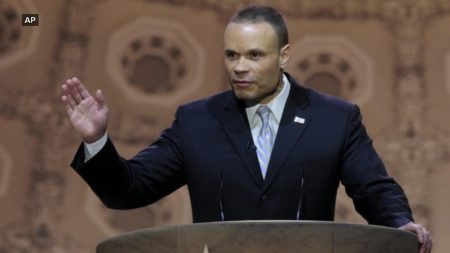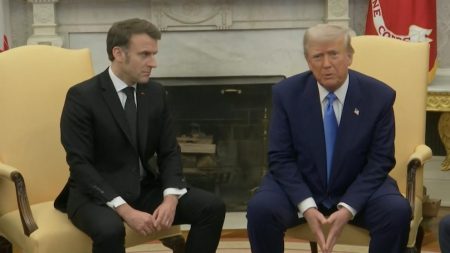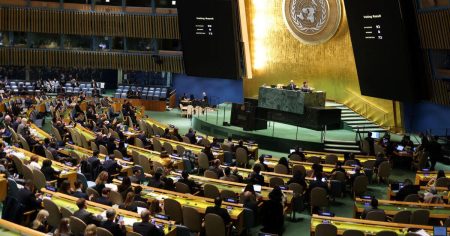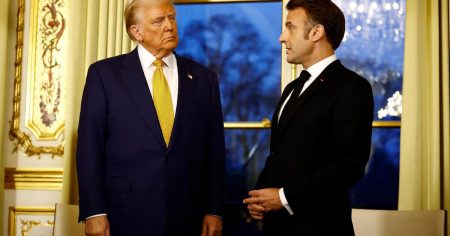Trump Considers Reciprocal Tariffs to Boost U.S. Economy Amid Warnings of Potential Risks
President Trump’s Announcement on Possible Tariffs
In a recent announcement, President Trump revealed his consideration of imposing significant tariffs on various imports, including automobiles, pharmaceuticals, and semiconductors. Speaking to reporters at Mar-a-Lago in Palm Beach, Florida, Trump indicated that the tariffs could be as high as 25% and might increase further over time. He mentioned that he would provide more details on April 2, suggesting that the new levies are part of a broader strategy to encourage companies to establish factories in the U.S. before the tariffs are enforced. Trump believes that these measures will strengthen the U.S. economy in the long term, although he acknowledged that they could lead to higher prices for American consumers in the short term.
The Rationale Behind Trump’s Tariff Strategy
President Trump has long been a proponent of reciprocal tariffs, arguing that they will help level the playing field for American businesses and increase government revenue. He has already implemented several tariffs during his tenure, including a 10% tariff on all imports from China and 25% tariffs on steel and aluminum imports. Additionally, he had planned to impose 25% tariffs on imports from Canada and Mexico but delayed them after both countries agreed to address the issue of fentanyl crossing the U.S. border. Trump’s approach reflects his "America First" policy, which prioritizes domestic economic interests and seeks to reduce trade deficits.
The Potential Impact of New Tariffs on Key Industries
The proposed tariffs on automobiles, pharmaceuticals, and semiconductors could have far-reaching implications for these industries. For instance, a 25% tariff on automobile imports could significantly increase the cost of foreign-made cars, potentially making them less competitive in the U.S. market. Similarly, tariffs on pharmaceuticals and semiconductors could lead to higher prices for medications and electronic devices, affecting both consumers and businesses that rely on these products. Trump’s intention to give companies time to set up factories in the U.S. before implementing the tariffs suggests a desire to boost domestic manufacturing and reduce reliance on foreign goods.
Reactions to Trump’s Tariff Plans
While Trump remains optimistic about the long-term benefits of his tariff strategy, not everyone shares his enthusiasm. Critics argue that such measures could lead to trade wars, retaliation from other countries, and higher costs for American consumers. Some experts also warn that tariffs could disrupt global supply chains and hinder economic growth, particularly if other nations impose their own tariffs in response. Additionally, there are concerns about the potential impact on U.S. industries that depend on imported goods, as increased costs could affect their competitiveness in the global market.
The Broader Context of Trump’s Trade Policy
Trump’s consideration of new tariffs is part of a larger trade policy that has been marked by a series of protective measures. Since taking office, he has renegotiated trade deals, such as the United States-Mexico-Canada Agreement (USMCA), and taken a tough stance on China, with which the U.S. has been engaged in a protracted trade war. While Trump’s approach has won support from some domestic industries and workers who feel that previous trade policies had harmed American interests, it has also drawn criticism from those who believe that free trade is essential for economic prosperity and international cooperation.
The Uncertain Future of U.S. Trade Relations
As Trump considers new tariffs, the future of U.S. trade relations remains uncertain. The potential imposition of heavy tariffs on key imports could lead to significant changes in the global trade landscape, with implications for both the U.S. and its trading partners. While Trump’s supporters argue that his policies will strengthen the U.S. economy and create jobs, others caution that the risks of retaliation, higher prices, and economic instability could outweigh the potential benefits. Ultimately, the success of Trump’s tariff strategy will depend on how it is implemented and how other countries respond to these measures.















